
The different types of working dogs
We have all grown up hearing sayings like; “Working like a Dog” or “It’s a Dog’s Life” but there is so much more to those sayings than just words. What’s more, even in our modern world we are finding new ways of how dogs can fit into the human workplace needs.
Traditionally we have all seen and can think of ways we know that dogs assist us. Examples include; herding animals on farms, aiding the vision-impaired, with Police in various duties, and Border Control for sniffing out drugs etc., as well as with the Military for Bomb and Mine detection.
They can also be used in Nursing Homes and Palliative Care facilities as companions.
Aside from being able to do some amazing work that assists we humans; often after a long and expensive training programme; they also become a willing extension of the workplace that doesn’t have a “Sickie”, or want a pay rise, or not turn up for work, or want Annual leave and Superannuation, etc.
In this post we will cover some awesome information about working dog’s usage in Australia. The 9 types of working dogs we will talk about include:
Autism guide dogs, sniffer police dogs, farm dogs, military dogs, story dogs, assistance dogs, fire dogs, seizure response dogs and dogs to help endangered animals.
In this Blog we will look in more detail at how dogs work for us.
Working dogs jobs questions – How do dogs help humans?
What is the training for an autism guide dog?
Aiding with this process is the suitability of a dog for the role. It’s not as easy as just selecting a dog and then commencing training. In the case of Guide Dogs, they are specially bred to be relaxed and calm.
It’s all well and good to breed a dog that is confident and balanced by nature, but they also need to be compliant. It is so important that the dogs can maintain concentration in any situation or atmosphere as the life of the person using the dog depends on it.
There is plenty of anecdotal evidence where a dog has saved a life of the person using them. Even things such as the rapid introduction of electric cars has meant that a Guide Dog has often seen an approaching vehicle whereas due to the lack of noise emitted, the human using the dog has not been able to see or hear that vehicle. The trust built up between the human and dog is huge in these situations.
While the use of a Guide Dog has brought it’s human both additional mobility and safety, they have also brought companionship and immeasurable confidence and social interaction due to getting the user out and about in public.
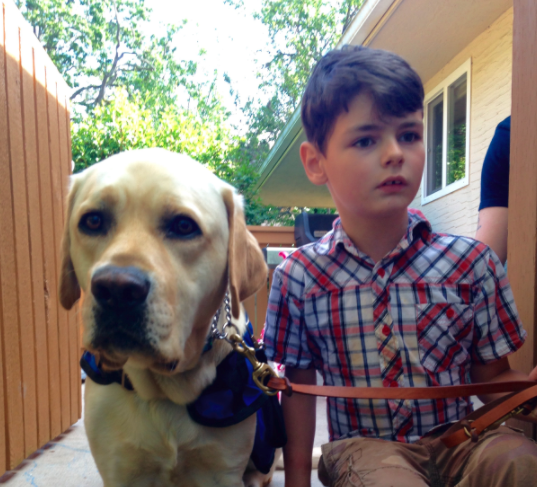
How many Australian kelpie farm dogs are working in Australia?
That’s a nationwide value of up to $4 Billion which is big business.
The Australian-bred Kelpie is a favorite farm dog as it is so hard working; something that is recognized internationally also. Breeding to get the ideal dog is big business also as the dogs are admired for their qualities such as intelligence, stamina, instinct and independence.

What are the types of sniffer dogs NSW?
However, there are so many different ways dogs have been trained to recognize and lock on to smells such as detection of;
– Narcotics sniffer dogs
– Diseases sniffer dogs
– Pests sniffer dogs
– Weapons sniffer dogs
– Termites sniffer dogs
– Truffles sniffer dogs
– Cadavers sniffer dogs
– Koala sniffer dogs
– Rare and endangered birds sniffer dogs
– Cane toads (in Conservation areas) sniffer dogs
– Weeds (in Conservation areas) sniffer dogs
– Rabbits sniffer dogs
– Feral Cats sniffer dogs
– Fox sniffer dogs
– Rare Australian mammals such as particular Mice and Possum species sniffer dogs
– Underground water leaks in pipes sniffer dogs
While the above is an extensive list it is believed that we are only scratching the surface at how dogs can be used for this type of Olfactory detection.
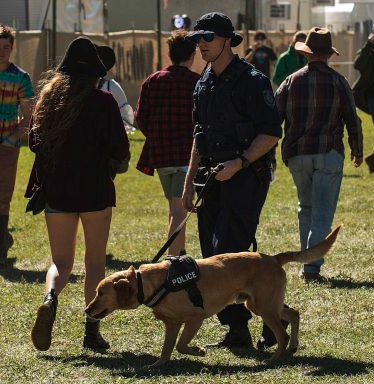
What do military dogs do?
They have been known to expose enemy presence in conflict zones, detection of explosives, in search and rescue situations as well as peace-keeping efforts. Even in Australia you will see the dogs being used where there is possible or actual potential for explosives to be found and detonated by specialists.
Not all situations result in the dogs surviving in these situations and they have been in situations where their death has resulted in military personnel being saved. This sort of situation is one where the dogs are recognized for their gallantry, extraordinary courage and dedication and are awarded a posthumous medal.
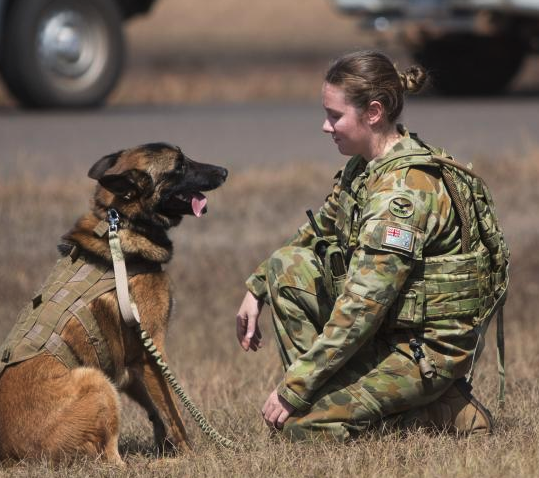
What is a story dogs volunteer?
They have shown that the best results have been when the children have actual physical contact with the dogs. Other benefits have been more comfortable children, more engagement at home with reading, and increased comprehension along with recued absenteeism.
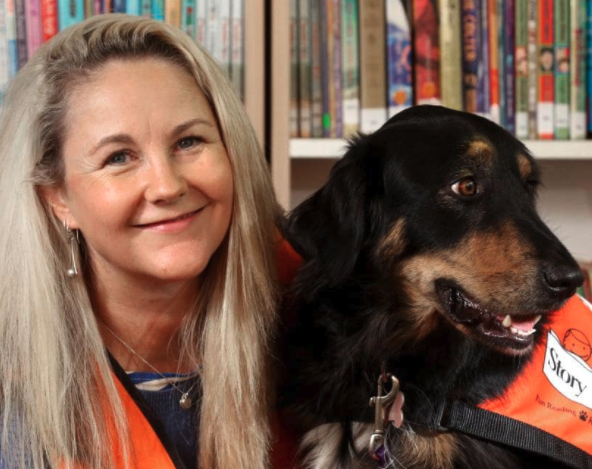
Where would you find assistance dogs Australia?
– Giving patients a sense of normality.
– Feeling safe with a dog around.
– Tactile stimulation from patting and/or stroking the dog.
– Providing comfort.
– Reducing anxiety.
– Providing a welcome distraction.
– Sensing mood changes among patients and/or family members; often seeking them out to help soothe situations.
– Opening and closing doors.
– Picking up items (such as clothing) on the floor that could provide slip and trip hazards.
– Drawing curtains.
– Removing clothing from a front-loading washing machine.
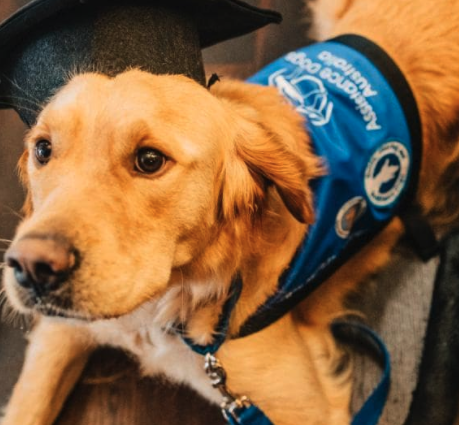
What do fire dogs do?
The Fire and Rescue NSW team has the only canine fire detection unit in Australia; specifically trained to sniff out particular accelerants in other types of fires; often ones where they are of a suspicious nature.
Many of the working dog examples we have discussed involving fire service dogs include situations where an extensive number of commands from humans are often used. This differs with the canine fire detection dogs as they are trained to be as independent from their handlers as possible.
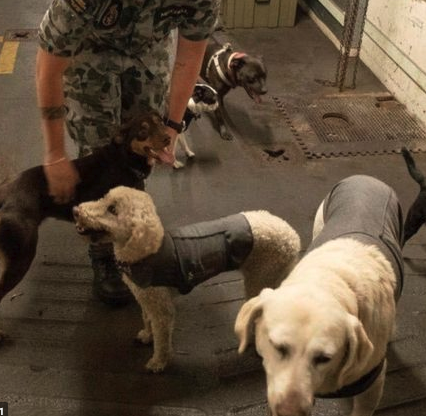
What are seizure response dogs?
They can detect when a seizure is coming and modify their behavior to bring attention to the imminent seizure. They will try and protect their handler from injury during the seizure. There training includes finding another person to help and drawing attention to their need through turning lights on or off, opening doors, etc.

What are the types of small livestock guardian dogs?
The same breed is now being used along a stretch of the Victorian coastline in Australia to protect the baby Penguins from attacks by Foxes and is therefore being used in a Conservation project rather than a commercial one with livestock protection.
(http://www.warrnamboolpenguins.com.au/maremma-dogs)
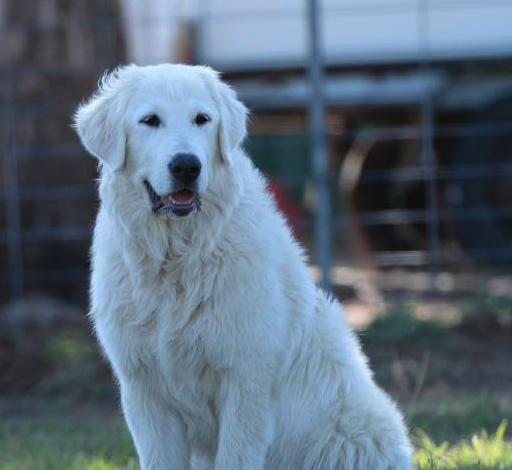
As can be seen from this Blog there are so many ways in which humans use dogs in a working context, whether it be from guarding, detecting, caring, comforting, assisting, protecting, etc.
With changing technology, types of crime, smuggling, the needs and possibilities of new ways of using dogs will only grow.
Dogs really are “Man’s Best Friend”.
















